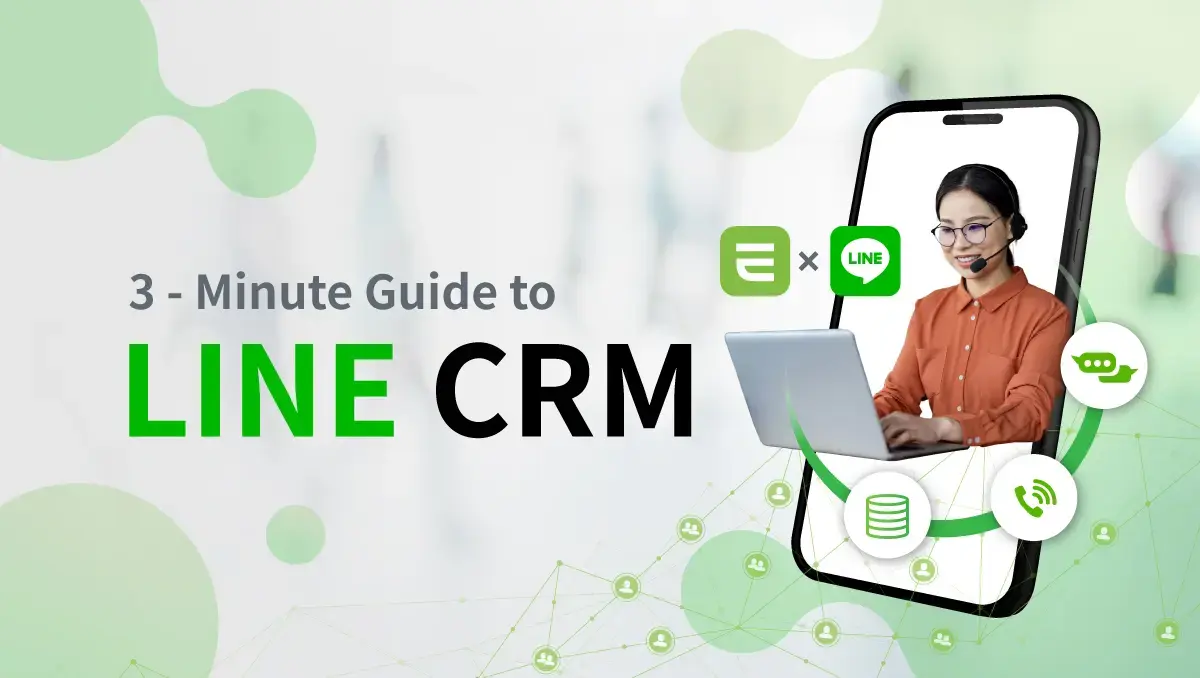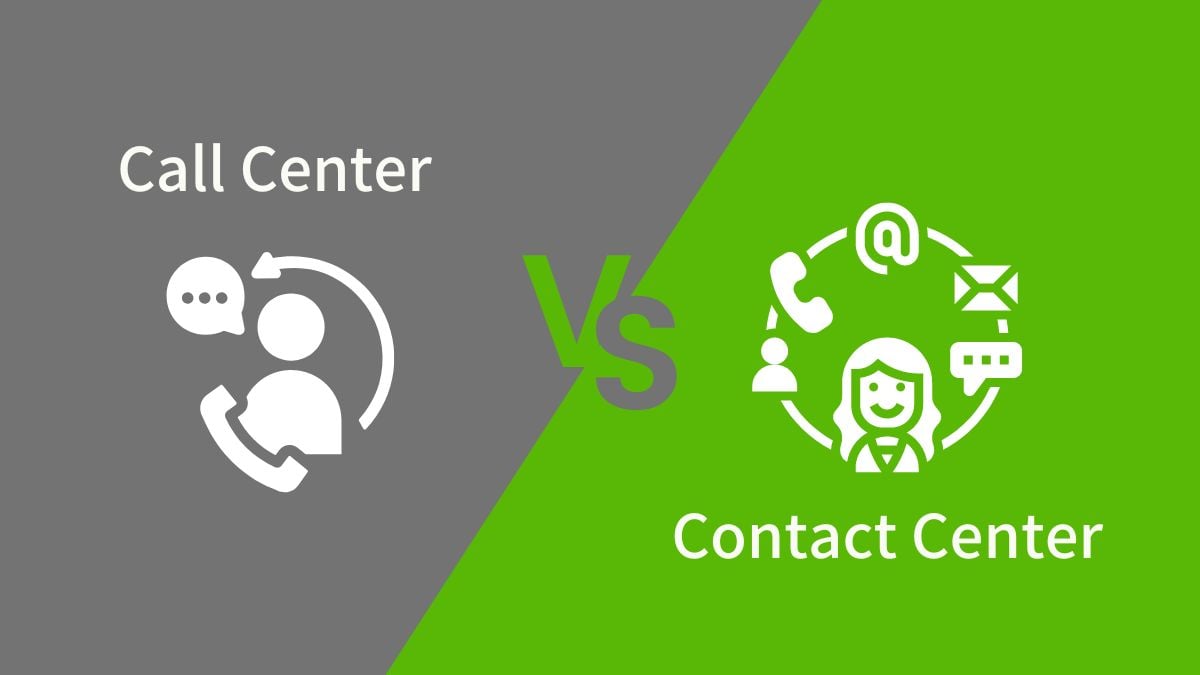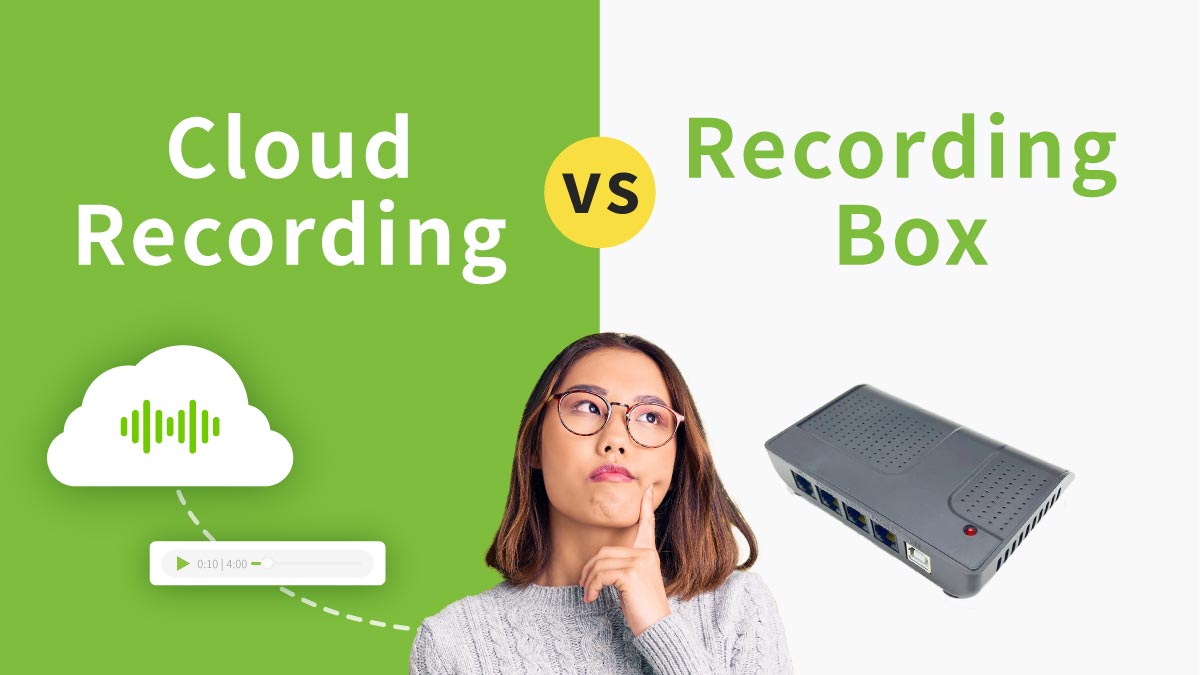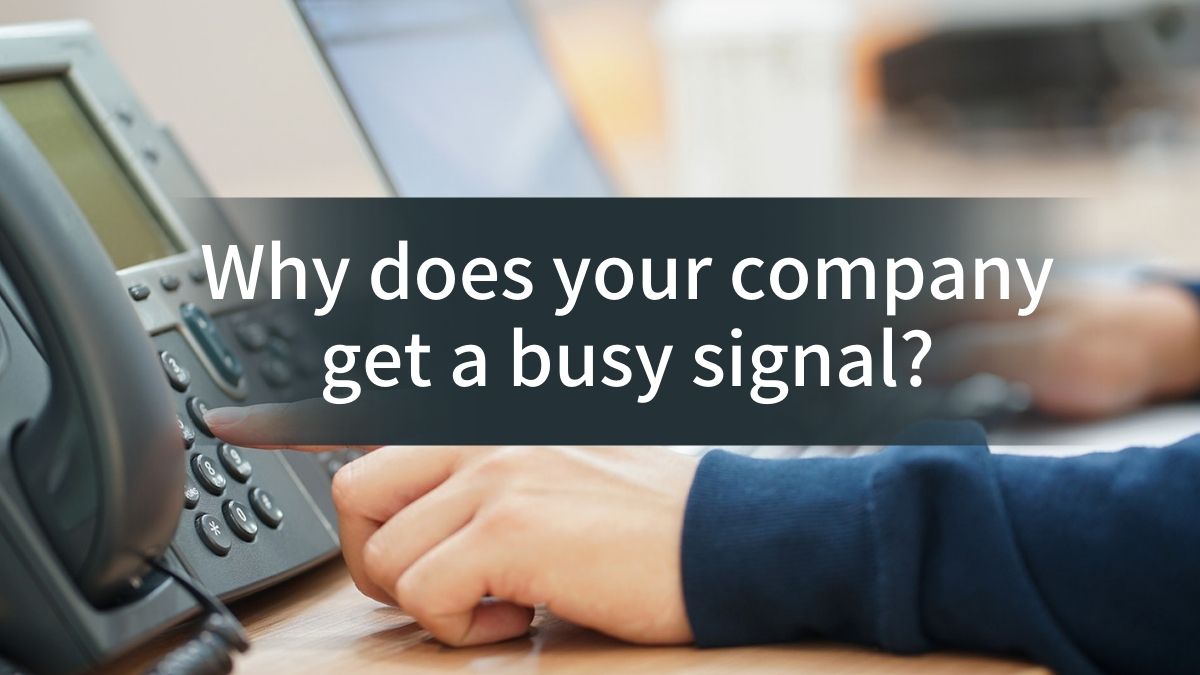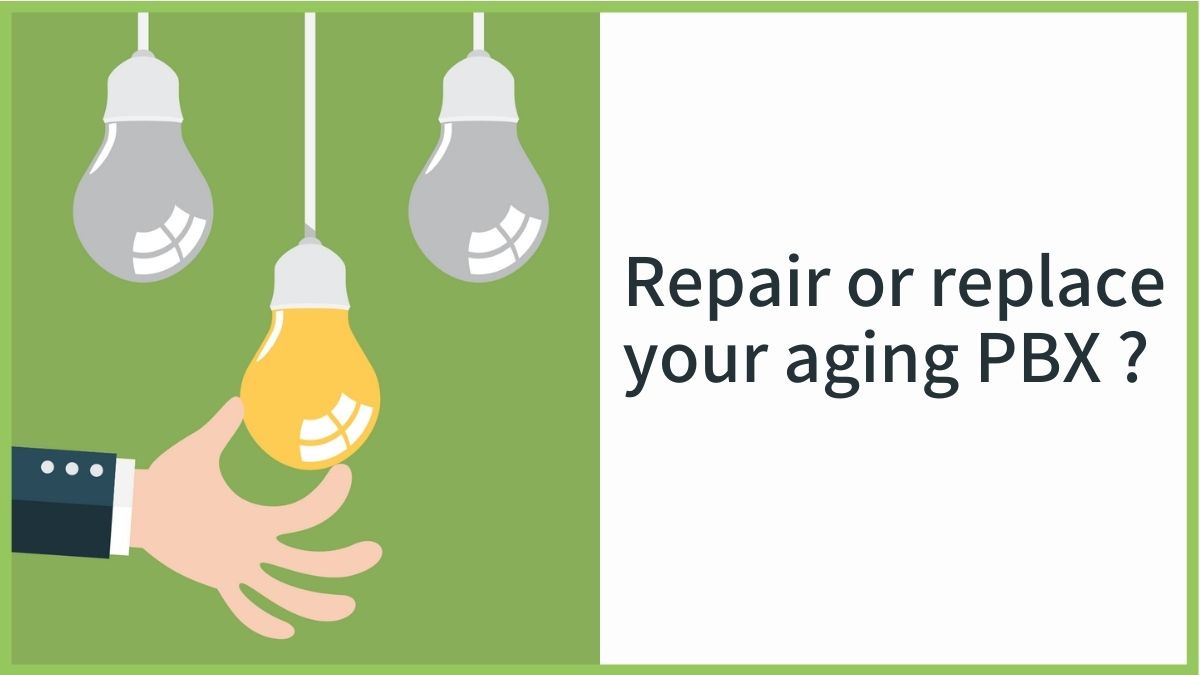Go beyond price. Discover how SaaS and traditional one-time purchase PBX differ in setup, ongoing costs, and business outcomes.

When evaluating PBX systems, many companies fall into the trap of thinking, “Let’s purchase a system and we can use it for five or even ten years.” They treat the system like a fixed asset, assuming it will last for at least five years. Based on that, they simply compare the upfront purchase cost with the total subscription cost of a cloud-based system over five years, often picking the option that seems cheaper. For example, a one-time investment of NT$1 million gets directly compared to five years of cloud subscription fees.
But this is a major misconception. In today’s fast-moving tech world, few IT systems stay relevant for five years. Five years ago, Microsoft Teams and similar communication tools were not yet part of daily work routines. AI-powered features like speech-to-text and smart call analysis were also still developing. Today, integrating voice into collaboration tools and using AI to improve communication have become basic requirements for modern business operations.
The real issue is not whether the hardware will break. The question is whether the system can keep up with changes in technology and business needs.
Simply comparing numbers based on a five-year cycle misses key factors — like rapid tech shifts, rising user expectations, changing business demands and new security threats. This short-sighted thinking can lead to hidden long-term costs and serious operational risks.
Why the 5 to 10-year PBX buying cycle no longer works
In today’s fast-changing business world, the old habit of planning PBX investments on a 5 to 10-year cycle no longer fits reality. Here are the key reasons why this traditional approach can easily lead to poor decisions:
Faster technology shifts
Technology now evolves faster than ever. In just a few short years, the rise of cloud apps, the growing use of SaaS in daily work and the boom in generative AI tools like ChatGPT have transformed how businesses communicate. What looked cutting-edge three years ago is now likely behind the times.
Rising user expectations
As digital experiences improve and competition intensifies, users expect more. Features once seen as sufficient no longer meet today’s needs for speed, flexibility and experience. Employees want communication and collaboration tools that fit modern hybrid work. For example, call recording is no longer just about storing calls. Now, businesses expect cloud-based storage, easy search and playback, speech-to-text and AI-driven summaries to help agents improve service and training.
Business flexibility is now a must-have
Businesses change fast too. Expansion, new markets, mergers, or shifts in operations all demand that systems adapt quickly. The ideal PBX should be able to scale users up or down, support new offices or apps and easily integrate with other business tools. One-time purchase PBX systems often lack this flexibility. When needs shift, these systems can quickly become roadblocks rather than assets.
If companies stick to a “good enough for now” mindset, they risk missing out on key transformation opportunities. When selecting a PBX system, businesses should shorten their decision timeframes from the old 5 to 10 years down to two years or even less. This avoids costly replacements later and helps them stay competitive.
The hidden costs and risks of one-time purchase PBX systems
A one-time purchase PBX may seem like a “buy once, worry-free” option, but in reality it often comes with hidden costs, inefficiencies and long-term risks.
High upfront costs limit cash flow
Buying equipment and setup services requires a large initial investment. For small and midsize businesses, this can strain budgets and reduce flexibility to fund other growth projects.
Complex setup and long deployment time
A one-time purchase PBX typically requires telecom activation, equipment installation, wiring and configuration. In some cases, businesses must also apply for special lines. The entire process can take weeks or even months, slowing your ability to respond to market needs.
Heavy maintenance and upgrade burden
Hardware replacements and system upgrades are usually not included in the initial one-time purchase. Businesses must pay additional costs for updates or repairs, which increases long-term expenses.
Limited mobility and remote work support
These systems are mostly tied to physical phones and wiring. Employees must work at fixed desks, which makes it harder to support hybrid or remote work and limits flexible office designs.

(Wired phones do not just tie you to your desk. They also slow down your workplace efficiency.)
Limited scalability and slow response to changes
When adding new users or temporary project teams, one-time purchase PBX systems require additional hardware, wiring and setup. This can delay your ability to scale quickly and creates challenges for seasonal or fast-growing businesses.
High costs and delays when moving or opening new sites
If your business relocates or expands, the system must be reinstalled with new wiring and equipment, leading to extra investment, communication downtime and increased workload for staff.
More info:
Cloud PBX allows you to move your office without changing your phone number or moving equipmentPoor integration with modern tools
Many one-time purchase PBX systems cannot integrate well with modern tools such as CRM, ERP, or AI platforms. This leads to scattered data and disconnected workflows, limiting efficiency and the customer experience.
Weak security protection
In today’s environment of frequent cyberattacks, security is critical. If security updates are not maintained regularly, these systems can become vulnerable targets. For example, some businesses have suffered major losses after hacked PBX systems were used to make illegal calls. Cloud services typically include ongoing security updates and expert support, reducing this risk.
Obsolescence
Technology and user needs are evolving rapidly. One-time purchase PBX systems update slowly, falling behind current trends and growing user expectations. Their actual useful life is often much shorter than the five to ten years businesses expect.
Outdated at the time of purchase
Since hardware and software development takes years, many PBX products are already near end of life when purchased. Vendors may stop producing replacement parts or providing support, leaving businesses vulnerable if equipment fails or new integrations are needed. This often leads to expensive early replacements.
Why is subscription-based PBX becoming more popular? What are the advantages of cloud PBX?
According to Market.US, the global subscription economy is expected to grow from 487 billion dollars in 2024 to 2,129.92 billion dollars by 2034, with a compound annual growth rate of 15.9 percent. The tech and software sectors are seeing strong growth, especially in SaaS, which has already passed 150 billion dollars. This model of subscribing instead of buying helps users enjoy regular updates and flexible use. At the same time, it gives businesses steady revenue and stronger customer loyalty.
One-time purchase PBX systems can easily become outdated. In comparison, subscription-based cloud PBX usually follows a SaaS model that updates more frequently. For example, EVOX releases about five major updates each year, adding 10 to 20 new features each time. This adds up to more than 100 new features every year, and 200 to 300 new features after two or three years. In a hardware system, this would require replacing equipment every two years. With SaaS, users simply stay subscribed and get all the new features automatically.
This is why more businesses are choosing subscription-based cloud PBX. It reduces upfront costs and maintenance work while helping companies stay up to date with the latest technology. The table below shows more differences between subscription-based cloud PBX and one-time purchase PBX systems.
| One-time purchase PBX | Subscription-based cloud PBX | |
|---|---|---|
| Initial investment | One-time purchase of equipment and installation fees | Low entry cost, monthly or annual subscription, more flexible cash flow |
| Setup process | Requires installation and wiring, may need E1 line, takes time | No need for installation, system can be set up in as little as an hour |
| Maintenance cost | Hidden maintenance and regular upgrade costs, additional fees for upgrades | Automatic upgrades with no extra fees, new features added regularly |
| Flexibility | Fixed desk phones only, cannot support remote or hybrid work | Supports remote and hybrid work, mobile and desktop apps for flexible use |
| Scalability | Adding users requires new equipment and costs | Easily add or remove users as needed, quick to scale up or down |
| Moving/expansion | Requires reinstallation and wiring, high cost and long process | Cloud-based, no reinstallation needed, fast and simple |
| Integration | Limited or no integration with CRM, ERP, or other tools | Supports API integration with other cloud systems |
| Security | Managed by internal IT, risks if maintenance is neglected | Regular security updates by service provider, better protection |
| Product lifecycle | Technology quickly outdated, requires frequent equipment replacement | Always uses the latest features, no need to replace hardware |
| Support level | Difficult to get ongoing support after purchase | Professional support included to help ensure success |
(This comparison uses EVOX as an example. Other providers may vary.)
Jourdeness’s transformation from traditional PBX to cloud-based system

Jourdeness Group, which spans 7 countries with 800 stores and over 500,000 members, realized that leveraging data and technology was the key to staying competitive in the global market. The shift toward new business models, accelerated by the pandemic, also exposed the limitations of its traditional PBX system in meeting increasingly complex service demands.
To address this, Jourdeness adopted EVOX CloudTalk, a cloud PBX system, along with EVOX Connect, an omnichannel cloud contact center. These solutions were seamlessly integrated with the company’s CRM, allowing service teams to instantly access customer details as soon as the phone rings. The result was a major improvement in service speed, accuracy, and customer satisfaction.
The intuitive interface and user-friendly experience of EVOX also won positive feedback from employees. Marketing Manager Ellen shared, “Since implementing EVOX, we have saved over one million in traditional PBX setup costs and an additional 60,000 to 80,000 each year in maintenance fees. We have also reduced communication-related labor costs. This partnership has truly laid a solid foundation for long-term success.”
Choosing a PBX system is about more than price. Flexibility and risk management matter.
When companies focus only on price when evaluating PBX options, they often overlook key factors like flexibility and risk management. A traditional one-time purchase may seem like a way to save money, but the hidden costs of maintenance, expansion, relocation and upgrades can add up quickly. In contrast, a subscription-based cloud PBX offers low upfront costs, better scalability, and stronger security, providing a more sustainable communication solution for businesses.
As business communication systems evolve from simple calling tools into core platforms that drive data, collaboration, and intelligence, making a forward-looking choice will be a key step in staying competitive.

